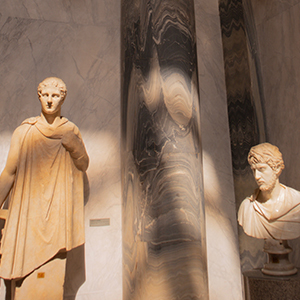The Power of Face-to-Face Conversations: Boosting Your Mood Beyond Screens

In a digital age dominated by screens and solitude, a recent study from the University of Georgia’s Franklin College of Arts and Sciences offers a heartening revelation: Talking to another person, even a stranger, has the remarkable ability to lift our spirits more than the allure of our smartphones or the tranquility of solitude.
Unlocking the Mood-Boosting Potential of Conversations
Lead author and doctoral student, Christina Leckfor, embarked on this research endeavor to delve into the fascinating realm of human behavior. She wanted to understand how people perceive and experience different activities in their lives. As Leckfor explained, “When people are out in the real world, they have these options.” The study aimed to uncover how individuals gauge these options—what they expect to feel and what they actually feel after engaging in these activities.
Exploring Expectations vs. Reality
To unravel these perceptions, the researchers carefully organized study participants into four distinct groups. Two groups were tasked with predicting their emotional responses to various actions, while the other two groups put those predictions into action. Each group was then asked to rank these options based on their level of enjoyment and the likelihood of experiencing positive or negative emotions.
Contrary to initial assumptions, the study’s findings challenged the notion that people would underestimate the pleasure of conversing with a stranger while overestimating the allure of their smartphones. Leckfor noted, “But that’s not what we found. Across our studies, people were actually more accurate in predicting how they would feel than we thought they’d be.”
The Triumph of Real-Life Conversations
When confronted with three choices—using a smartphone, spending time alone, or engaging in a conversation with a stranger—real-life interactions emerged as the clear winner, boasting the “highest positive emotional value” in both groups. Surprisingly, using a smartphone took second place, while the seemingly peaceful solitude of sitting alone claimed the third spot.
In an era where screens seem to rule our lives, this study serves as a reminder of the unparalleled magic of face-to-face conversations. It underscores the underestimated joy and mood-enhancing potential of connecting with others, even those we don’t know. So, the next time you find yourself torn between your phone and a chance encounter with a stranger, remember that the simple act of conversation might just be the mood-boosting remedy you didn’t know you needed.





